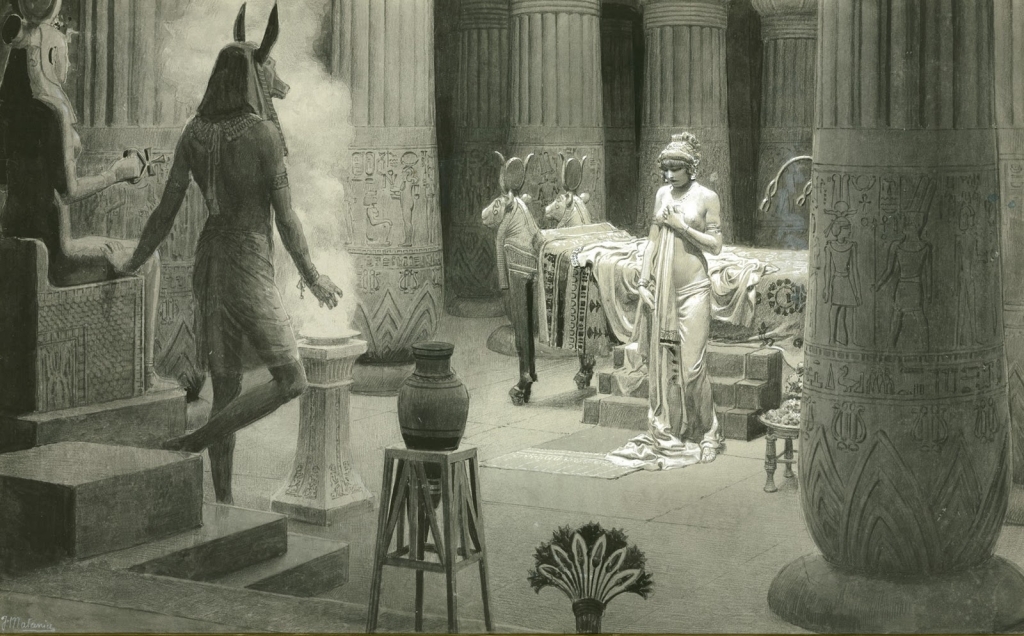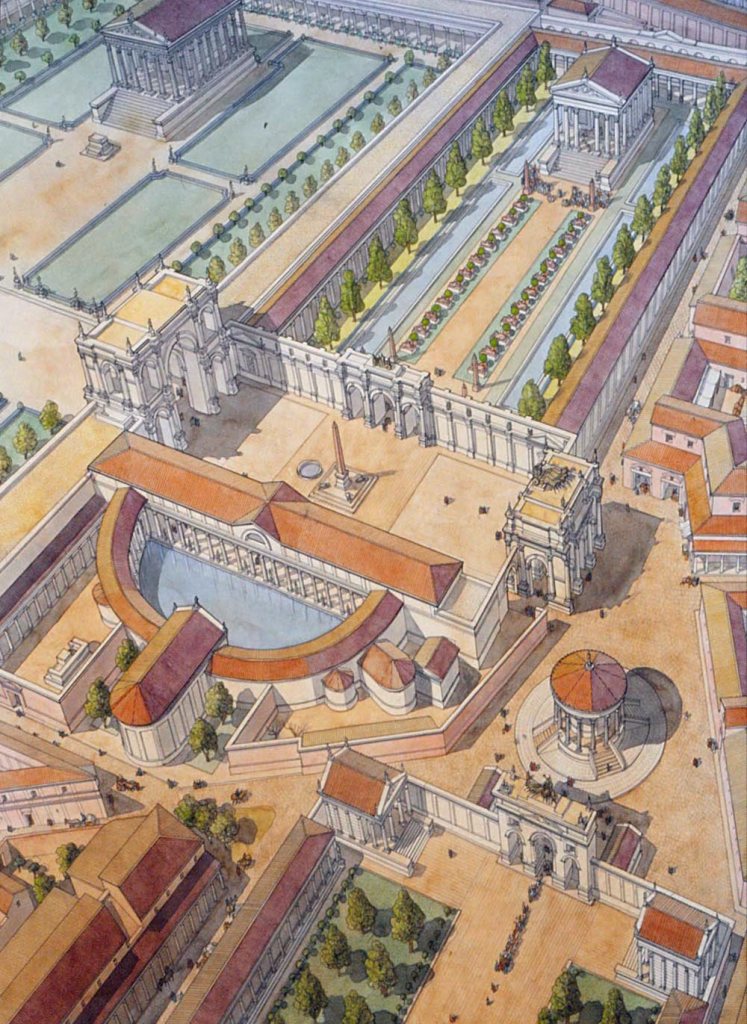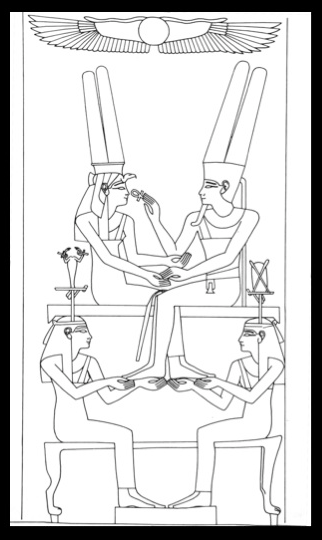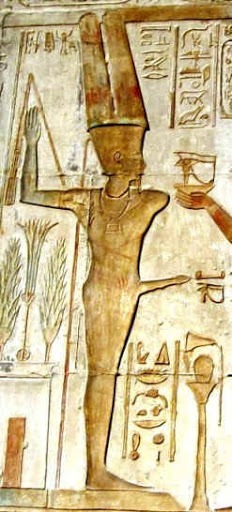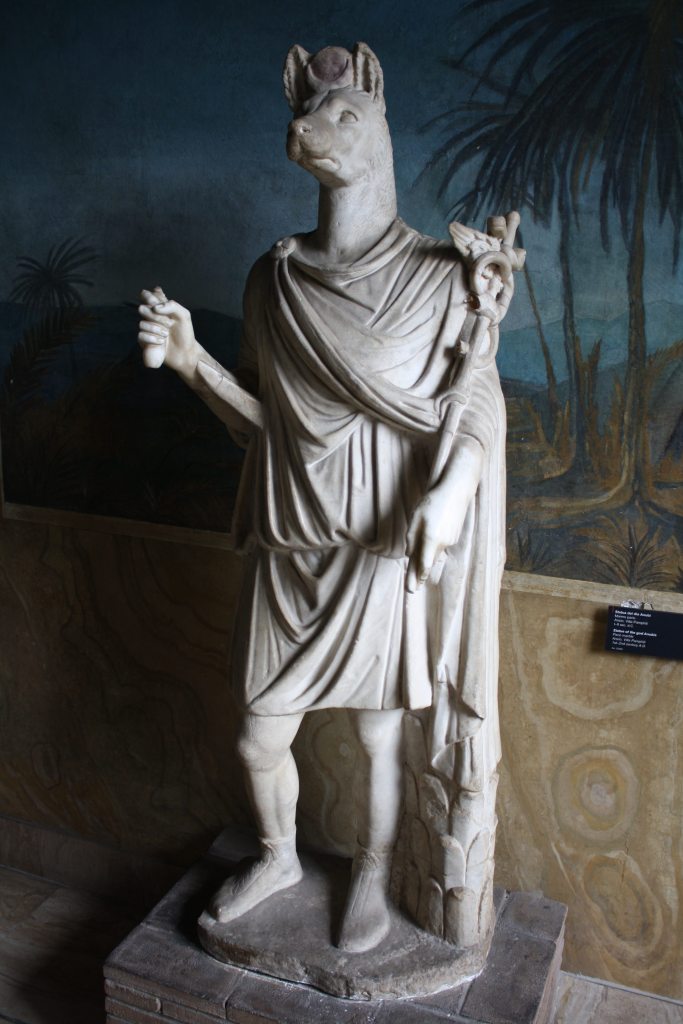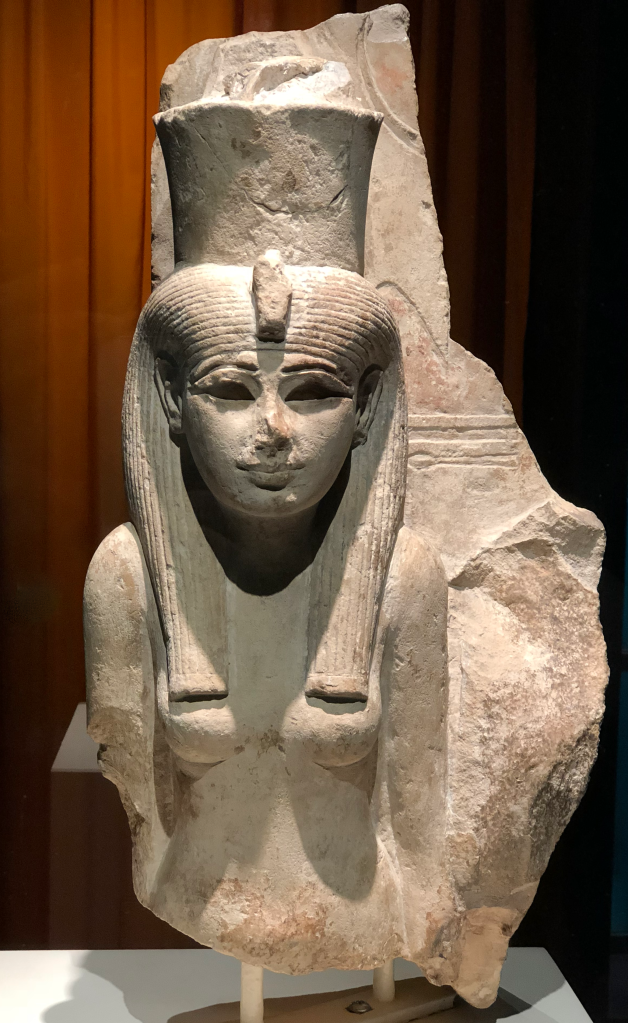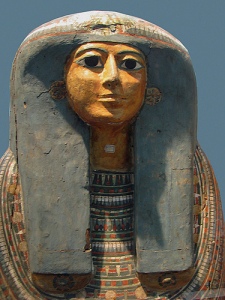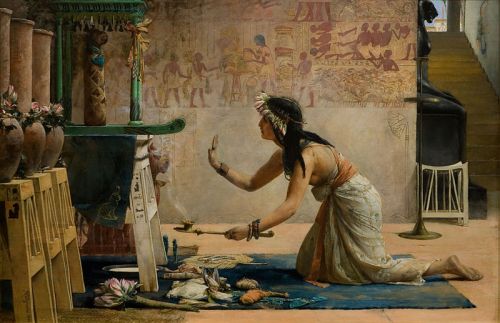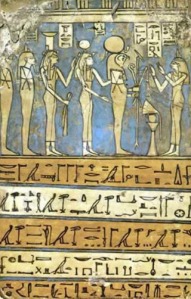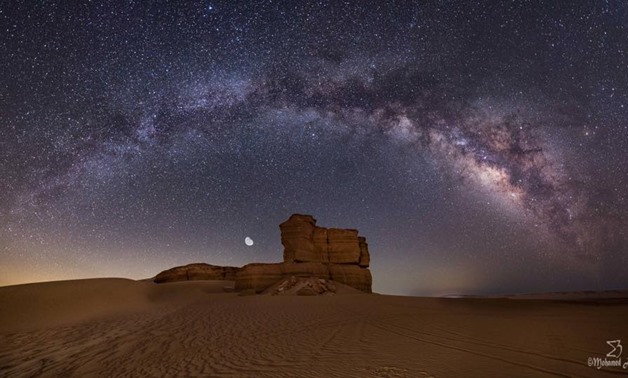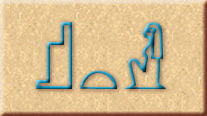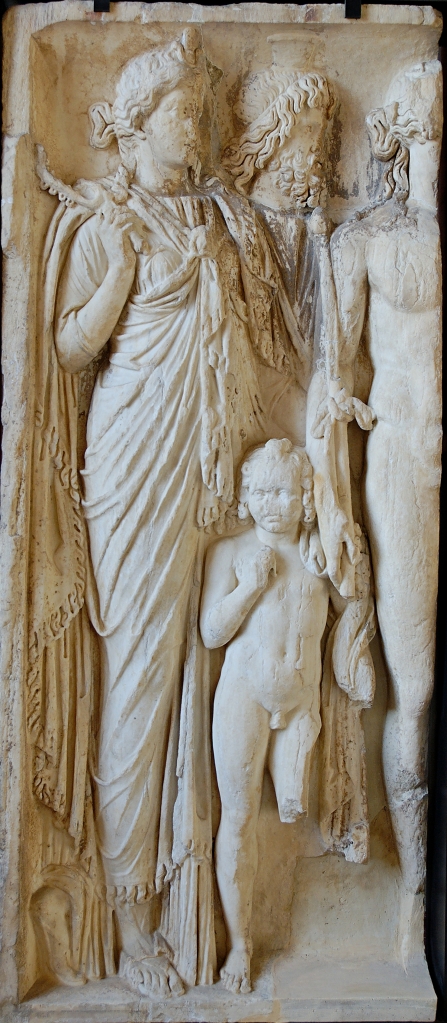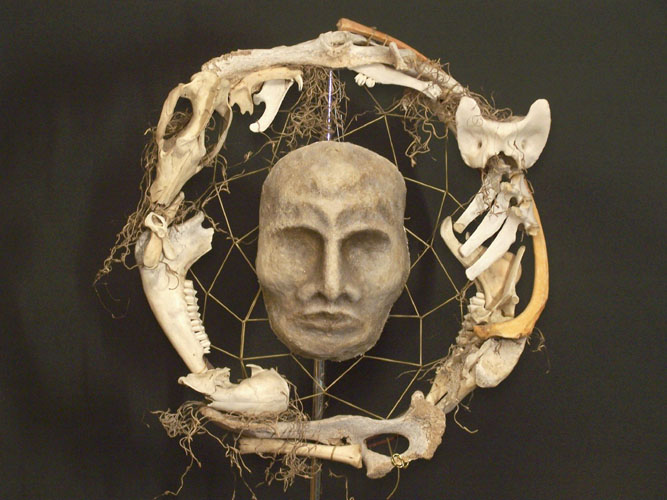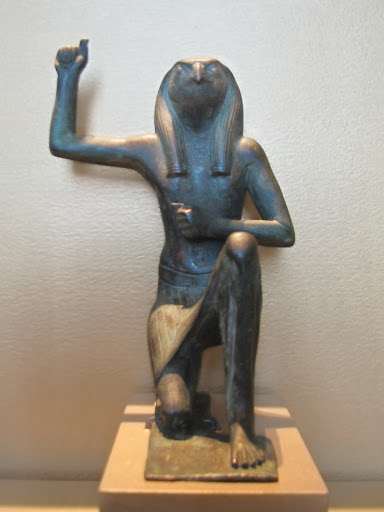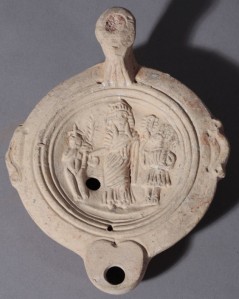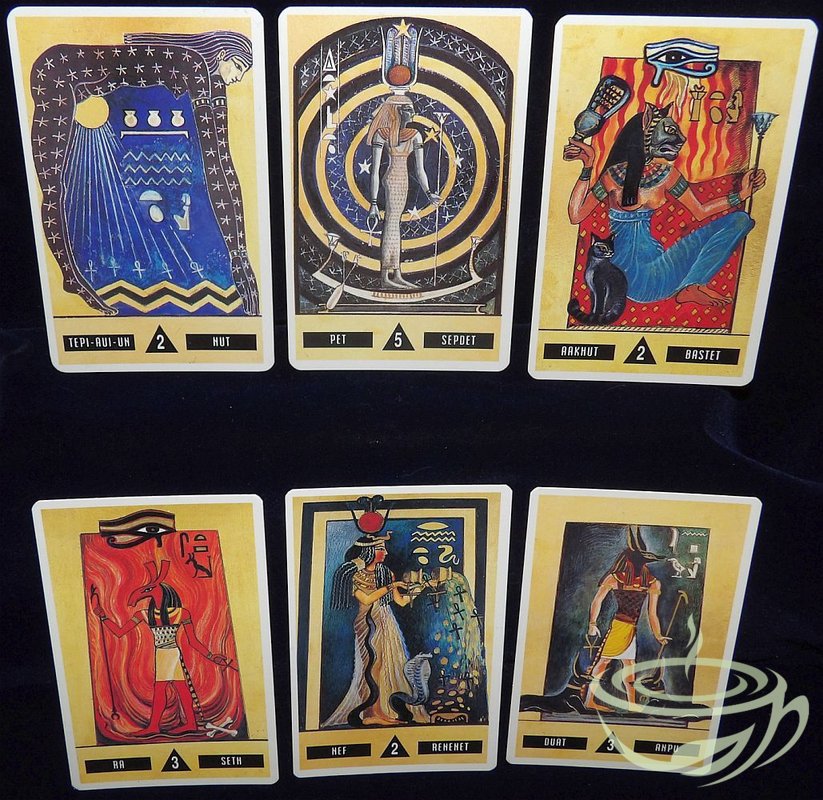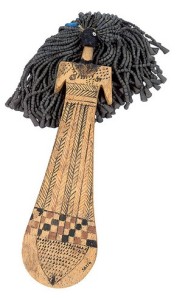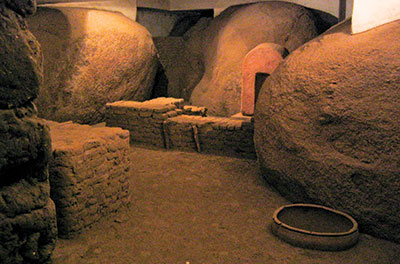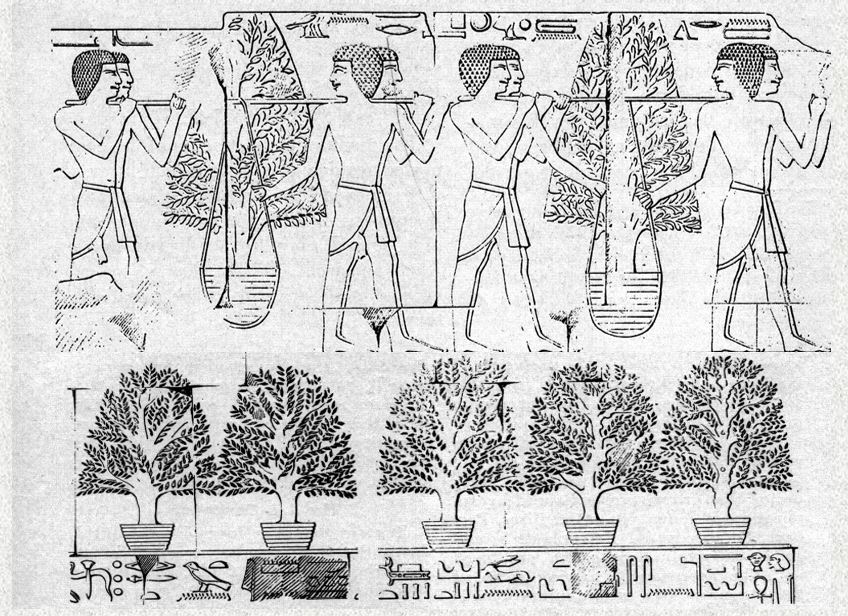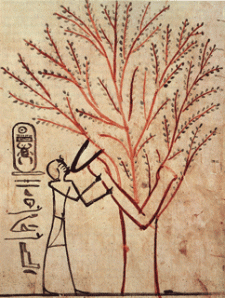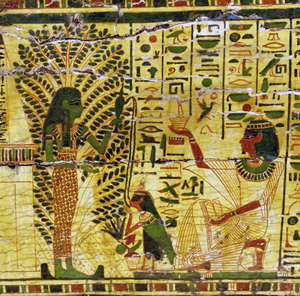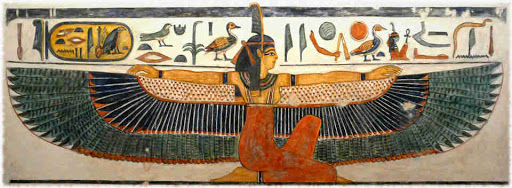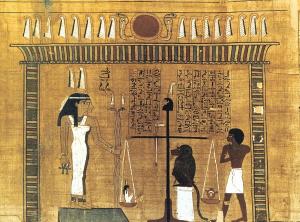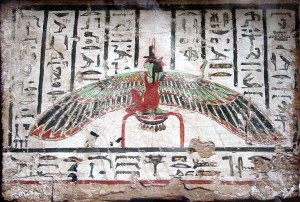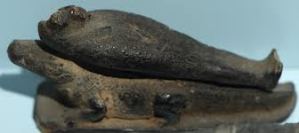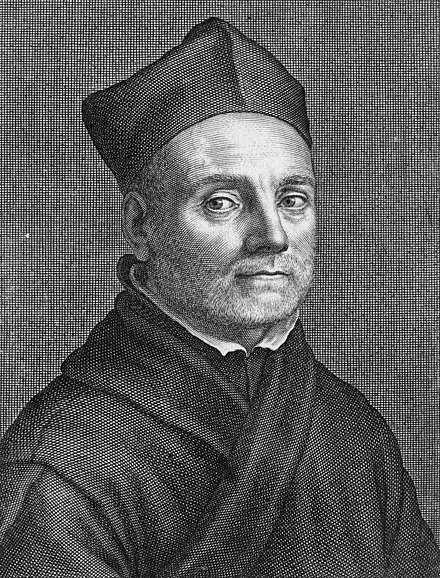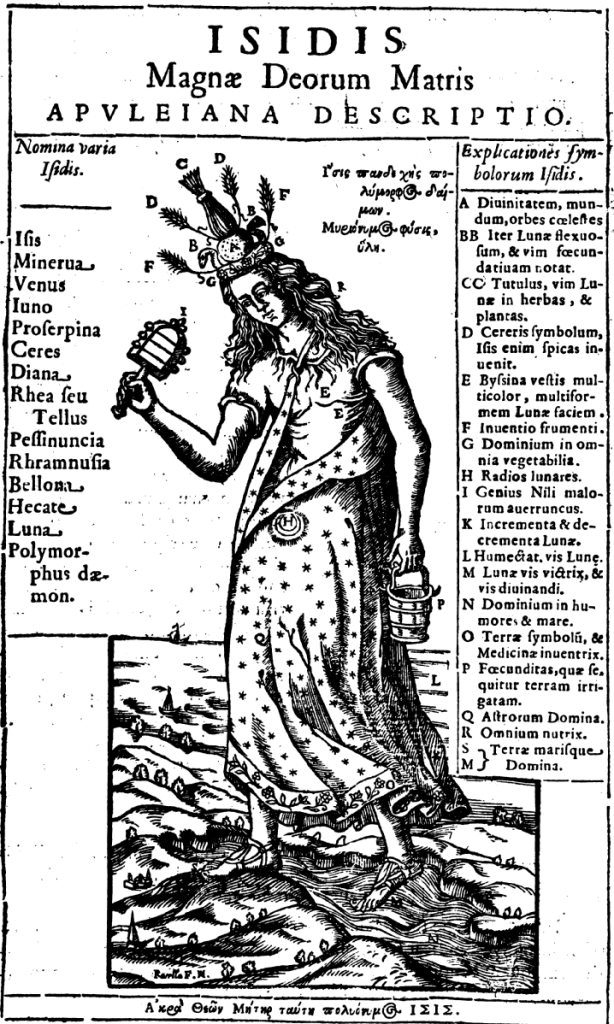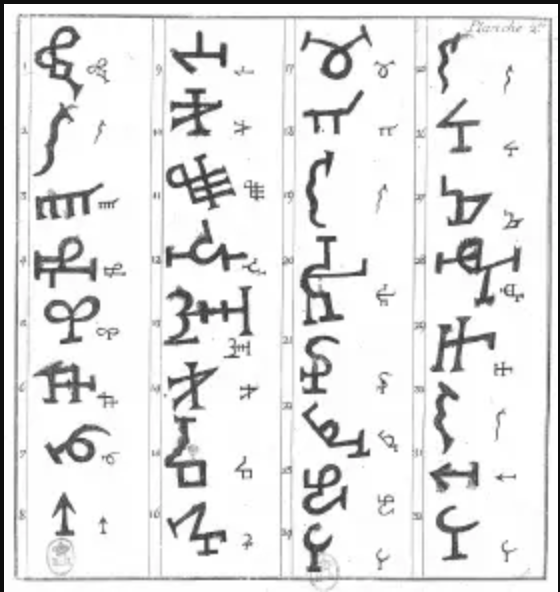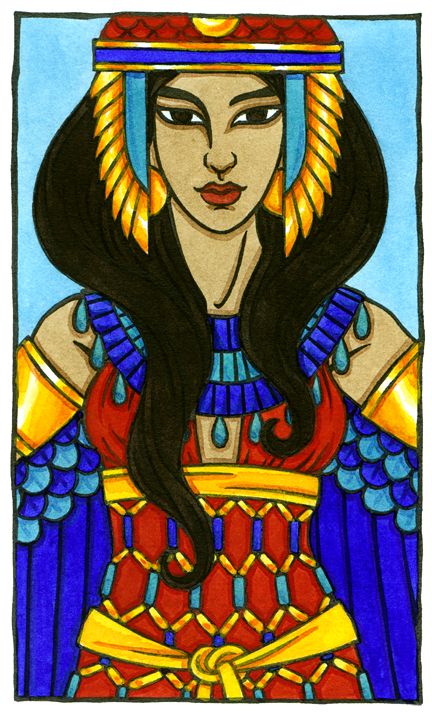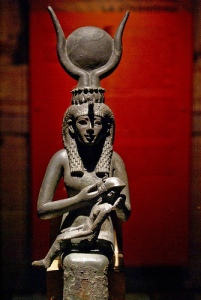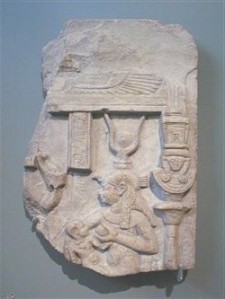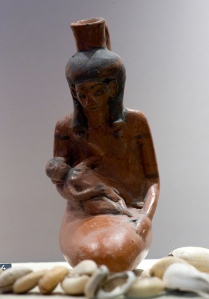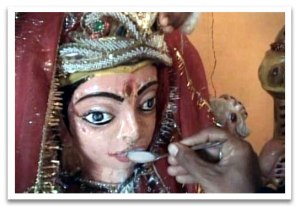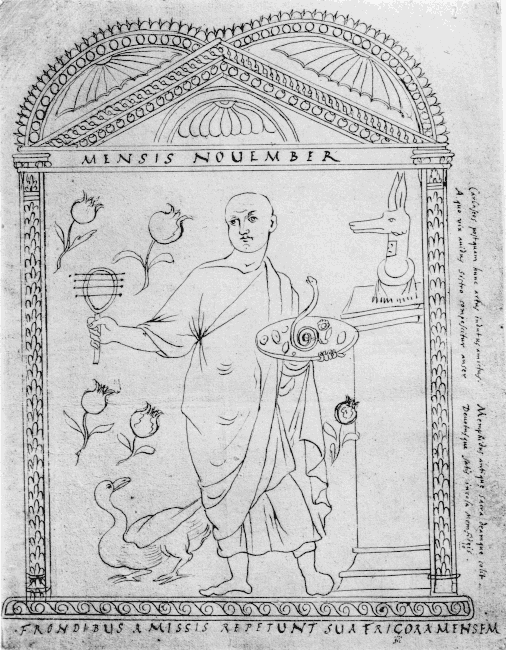A friend living in the desert told me she’d been stung by a scorpion and that, in her words, “it royally sucked.” No doubt. The ancient Egyptians, as you may know, had the same problem…and often with much more poisonous scorpions than the one that got my friend.
Since much of Egypt is dry desert, it has plenty of scorpions to go around. It’s true today just as it was in ancient times. In fact, the danger of scorpion sting was ever-present; and because scorpions are smaller and harder to spot, the chance of getting stung by a scorpion outweighed that of snakebite.
Whether an Egyptian’s experience of scorpion sting merely royally sucked or took them to the afterlife depended on which scorpion did the stinging as well as the size and health of the victim. For instance, one of the most poisonous scorpions in the world, the Palestine Yellow—aka The Deathstalker—is found in Egypt today. Luckily, it is small and cannot deliver enough poison to kill an adult, though that has happened.
On the other hand, scorpions were a lethal threat to children, as well as to pets, especially cats. Picture a scorpion with its scuttling movement and raised and waving tail and you’ve pretty much got an irresistible cat toy.
Not surprisingly, we have a number of ancient Egyptian healing spells against scorpion sting, including this heart-rending one for a pet cat:
O Re, come to Your daughter for a scorpion has stung her on a lonely road! Her cries have reached heaven. Come to Your daughter! The poison has entered her body and it has spread in her flesh. She has put her mouth to the ground, See, the poison has entered her body! Do come with Your power, and Your rage, with your wrath! See, it is concealed from You, now that it has entered the whole body of this cat under my fingers…”
The rest of the formula has Re come to save His daughter, the cat, by identifying the various parts of her body with the Deities. (This is the same formula that was often used for human beings, by the way.) At the end of the formula, Isis and Nephthys join in the healing and weave Their protection: “Isis has spun and Nephthys has woven against the poison.”
Yes, of course, we have to circle around to Isis, for Isis is a formidable Scorpion Goddess Herself. In this guise, She is called Iset Ta-Wahaet, Isis the Scorpion. In other texts, Isis is joined with Serket Hetyt, the Scorpion Goddess, “She Who Causes the Throat to Breathe,” as Isis-Serket. (It is interesting to note that, since scorpion venom is a neurotoxin, death from a scorpion sting is by asphyxiation, that is, suffocating.)
At Isis’ sanctuary at Koptos, it was said that during the time when the women ritually lamented with the Goddess, they could walk through a mass of scorpions unharmed. Late legend had it that scorpions would refuse to sting any woman—or any worshipper of Isis, for that matter—out of respect for the Goddess.

Scorpions are the faithful companions, protectors, and guides of Isis in one of Her most famous myths.
In the tale, Isis is fleeing in an attempt to hide Her newborn child, Horus, from Set. Seven magical scorpions accompany her. In what smacks of a ritual formula, we are told that the scorpions Tefen and Befen walked behind Isis. On Her right was Mestet, on Her left, Mestetef. Before Her walk Petet, Thetet and Maatet.
Upon reaching a city at the edge of the papyrus swamps, Isis found She was weary and approached the home of the chief woman of the district for shelter. But seeing the scorpions, the woman was afraid and angry that anyone would dare approach her home with these dangerous creatures. She refused the Goddess. The scorpions became angry at the rejection and vowed revenge. While Isis found refuge with a poor woman, the scorpions gathered all their poison together and placed it in the tail of Tefen. Tefen entered the home of the chief woman and stung her young son who fell instantly from the terrible poison. But Isis took pity on the child and cured him. At this, the chief woman was ashamed of her behavior and filled the home of the poor woman who had sheltered the Goddess with beautiful gifts from her very own home.

This story about the seven scorpions and Isis is, in fact, from a healing spell to cure a scorpion sting. In another tale—also from a healing formula—the son of Isis, Horus the Child, is stung by Set in the form of a scorpion. Isis stops the Boat of the Sun in the sky so that Thoth can come down and cure the child. (It may seem odd that Isis Herself could not cure Horus, since it is She Who is called upon in other scorpion spells to do the healing—but that’s the story and I’m sticking to it. Perhaps additional magic was needed because this was no ordinary scorpion, but Set in disguise.)
Right after this story is another spell for healing a scorpion sting using seven magical knots (perhaps alluding to the seven Isiac scorpions?), and following that another one in which Isis invokes Re to heal a scorpion-stung Horus. Parts of that formula sound very much like the language used in the story of “Isis and Re” in which Isis cures Re of snakebite. There are also formulae in which Horus is the one Who cures the scorpion sting. There are yet others that are spoken to stop the scorpion from coming near by blocking or enwrapping it. I love this line from one of those spells:
A very small thing, a sister of the snake is the scorpion, a sister of Apophis [the great Enemy Serpent], sitting at a crossroads, lying in wait for someone who goes in the night, who goes in the night…
The association of Isis with the scorpion reaches far beyond ancient Egypt. Athanasius Kircher, a 17th century Jesuit scholar and philosopher, called the constellation of Scorpio “the Station of Isis” and identified the brightest star in Scorpio, the red star Antares, with the Goddess. According to a turn-of-the-century star guide by Richard Hinkley Allen, Antares was originally associated with the Scorpion Goddess, Serket.
Oh, and there’s an Isis comic book in which Isis teams up with The Black Scorpion, another female superhero, so the two Goddesses continue to be linked even in modern mythology.











